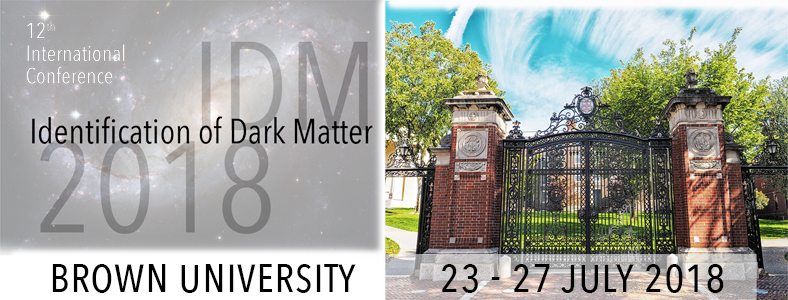Speaker
Description
Indirect detection of dark matter through multiwavelength astronomical observations provides a promising avenue for understanding the particle nature of dark matter. In the case of dark matter consisting of weakly-interacting massive particles (WIMPs), self-annihilation ultimately produces a variety of observable products including gamma-rays that can be detected directly, as well as electron/positron pairs that can be detected by radio emission from synchrotron radiation, or X-rays and soft gamma rays from inverse Compton scattering. A major focus of study for astrophysical signs of dark matter is in the Galactic center (GC) of the Milky Way, due in large part to an observed excess of gamma-rays that could be dark matter. A recent observation by the Fermi-LAT collaboration of a similar gamma-ray excess in the central region of the Andromeda galaxy (M31) leads us to explore the possibility of a dark matter-induced signal in that system as well. In this talk, I will present the results from a multi-frequency analysis of dark matter annihilation as a potential source of the emissions in M31, discussing the relevant astrophysical modeling, and considering these results in relation to galactic center dark matter studies.
